What is OEKO-TEX® Standard 100
Standard 100 by OEKO-TEX® is a product label that ensures that users are not exposed to any harmful effects from textile products.

The OEKO-TEX® label is a guarantee that a product has been checked for the content of harmful chemicals. Only products complying with the requirements by the OEKO-TEX® Standard 100 may obtain permission to place the label on their packaging.
The intention behind the OEKO-TEX® scheme is that textile products sold with the OEKO-TEX® Standard 100 label must be made of materials that are proven to have no harmful effects on persons and which therefore can be trusted to use by the consumer.
The name OEKO-TEX® means that these are human-organic textile products which do not have a detrimental effect on human health and well-being. OEKO-TEX® Standard 100 labelled products have been analyzed for a number of substances that are considered harmful to the health of humans.
Requirements have been made for the content of:
- Chemical residues with acid or alkali effect/pH.
- Pesticides (pest controls, weeds and micro-organisms) and defoliation agents.
- Phenols PCP (pentachlorophenol) and TeCP (tetrachlorphenols), which are used as preservatives, as well as OPP (orthophenylphenol) and the tin organic preservatives TBT (tributyltin), TPhT (triphenyltin) and DBT (dibutyltin).
- Heavy metals like chromium, cobalt, nickel, copper, cadmium, antimony, arsenic, lead and mercury.
- Special dyes that should not be used because they are known or suspected of being carcinogenic and can cause allergies.
- Special azo dyes and pigments that may secrete some amines known or suspected to be carcinogenic.
- Certain amines known or suspected to be carcinogenic (may be emitted from polyurethane materials, for example PU foam, PU plastic coatings and elastane fibres)
- Certain chlorinated benzenes and toluene (e.g. chlorinated carrier, which are auxiliary chemicals in textile dyeing).
- Phthalates (plastic emollients, most commonly in PVC-containing materials).
- Asbestos fibres.
In addition, requirements have also been made concerning:
- Dye release (contagion) under the impact of water, sweat and rub, as well as for baby and toddlers’ products just as important spit effects.
- Evaporation of volatile organic compounds (also known as VOC emission).
- Shedding of certain, special odors.
In addition, there are restrictions on:
- Flame retardant impregnations.
- Antibacterial impregnations and other biologically active products, such as microorganisms and house dust mites).
The OEKO-TEX® association continuously adjusts the requirements to match the latest knowledge and scientific findings about harmful chemicals and the production of textile products.
The requirements are stricter for textile products that are in direct contact with the skin and are strictest for goods designed for babies and toddlers up to 3 years of age. OEKO-TEX® branded products are also checked during the certification period.
Questions about the OEKO-TEX® label can be directed to:
Technological Institute
Textile / OEKO-TEX®
Gregersensvej 2630 Taastrup
Phone: 72 20 21 20
Fax: 72 20 23 30
E-Mail: textile@teknologisk.dk
Why choose textiles with the OEKO-TEX®-label:
All GoBabyGo products are OEKO-TEX®-Standard 100 Certified. OEKO-TEX®-labeled textiles are safe fabrics that do not damage the body.
It is hard to tell if there are harmful chemicals in the clothes, and some chemicals disappear after washing. However, it is possible to buy textiles without harmful substances, because there are many alternatives for harmless chemicals and methods that manufacturers can use instead of using harmful substances.
Some companies both in Denmark and abroad do not have a policy on chemicals in textiles, and there are harmful chemicals in some of the clothes you can buy in the shops. Some of the chemicals are allergic or carcinogenic, while the long-term effects of many others are not known. Especially in baby and children's clothes, dangerous chemicals are problematic, partly because children often suck on their clothes and partly because many chemicals have dangerous long-term effects, e.g. cancer and damage to the reproductive system.
You can always check the validity, content and product classes of the OEKO-TEX® 100 certificates here:













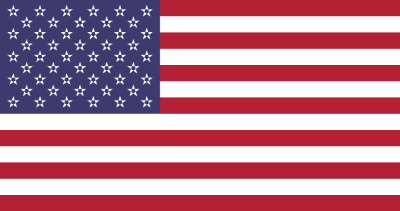

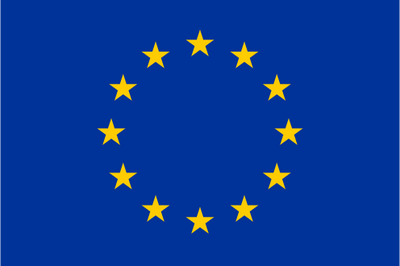
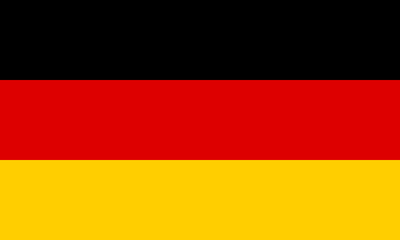



 Denmark
Denmark
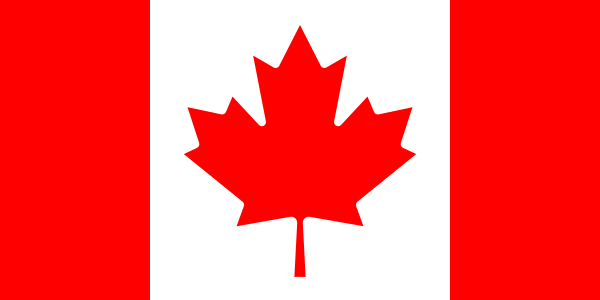 Canada
Canada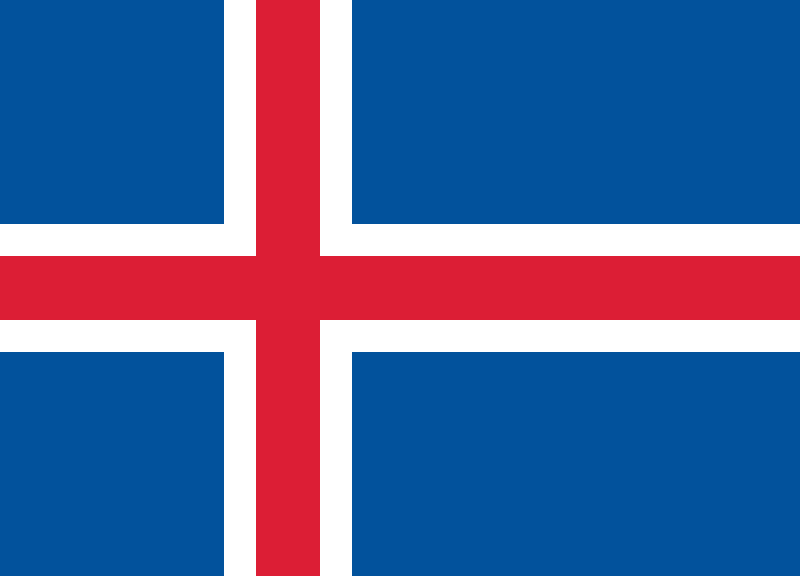 Iceland
Iceland Norway
Norway Switzerland
Switzerland USA
USA